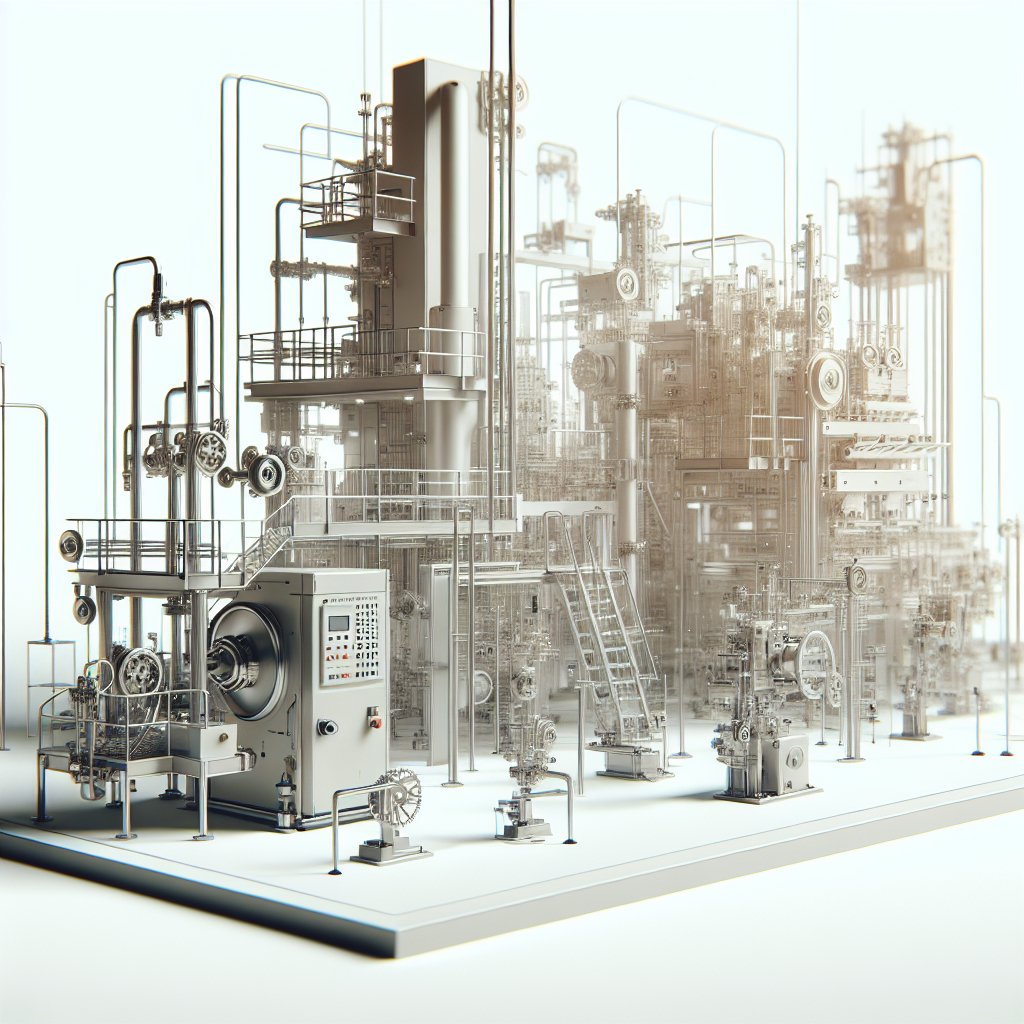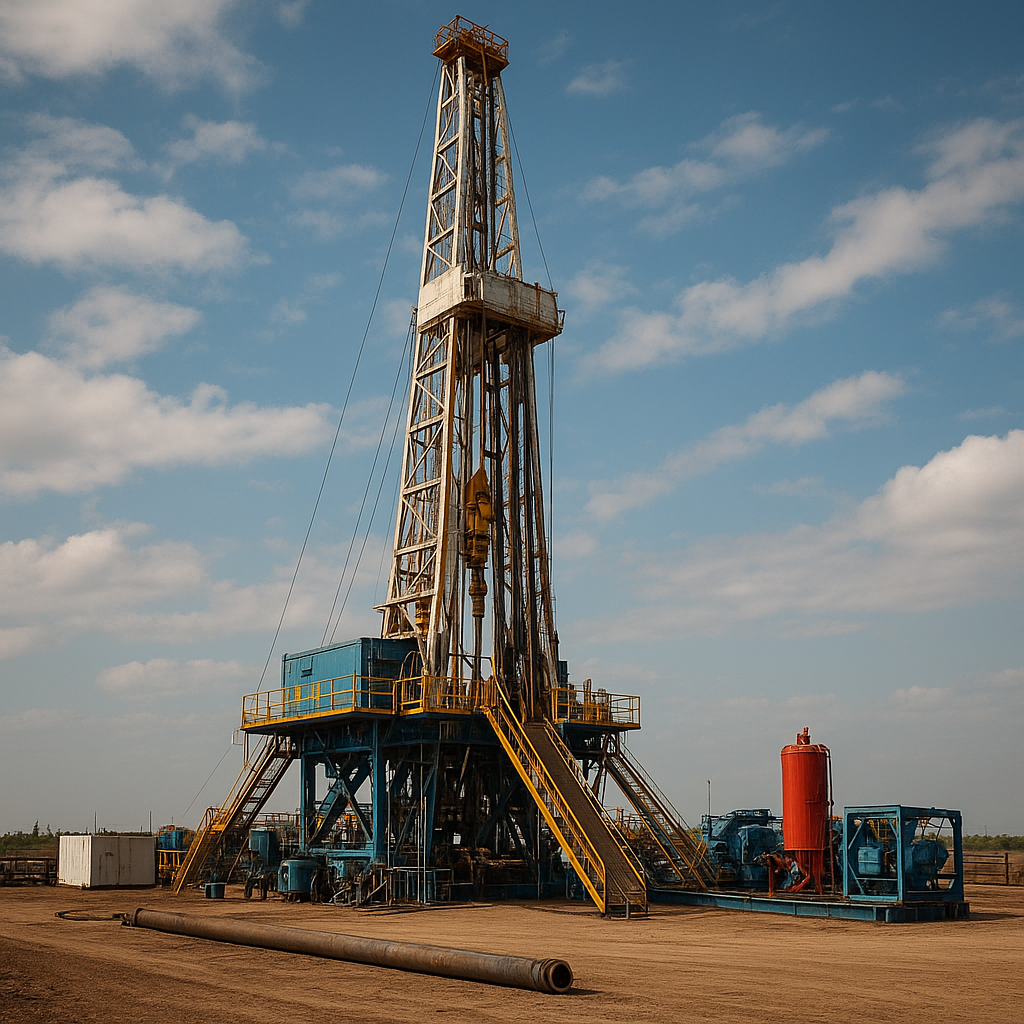
Safety standards for industrial machines are crucial in ensuring the well-being of workers and the efficient operation of manufacturing processes. As industries continue to evolve with technological advancements, maintaining high safety standards becomes increasingly important. This article delves into the best practices for implementing safety standards in industrial settings, highlighting key strategies and considerations for businesses aiming to protect their workforce and optimize productivity.
Understanding the Importance of Safety Standards
Industrial machines are integral to modern manufacturing, enabling mass production and efficiency. However, they also pose significant risks if not properly managed. Safety standards are designed to mitigate these risks, providing guidelines and regulations that ensure machines are operated safely and effectively. These standards are not only a legal requirement in many jurisdictions but also a moral obligation for companies to protect their employees.
Implementing robust safety standards can prevent accidents, reduce downtime, and enhance overall productivity. By prioritizing safety, companies can foster a culture of responsibility and care, which can lead to improved employee morale and retention. Moreover, adherence to safety standards can protect companies from legal liabilities and financial losses associated with workplace accidents.
Key Components of Effective Safety Standards
Developing and maintaining effective safety standards involves several key components. These include risk assessment, employee training, regular maintenance, and the use of protective equipment. Each of these elements plays a vital role in ensuring the safe operation of industrial machines.
Risk Assessment
Risk assessment is the foundation of any safety standard. It involves identifying potential hazards associated with industrial machines and evaluating the likelihood and severity of these risks. This process helps companies prioritize safety measures and allocate resources effectively. Regular risk assessments are essential, as they allow companies to adapt to changes in technology, processes, and regulations.
Employee Training
Proper training is crucial for ensuring that employees understand how to operate machines safely. Training programs should cover the correct use of equipment, emergency procedures, and the importance of following safety protocols. Ongoing training is also important, as it helps employees stay updated on new safety practices and technologies.
Regular Maintenance
Regular maintenance of industrial machines is essential for preventing malfunctions and accidents. Maintenance schedules should be established based on manufacturer recommendations and industry best practices. Companies should also ensure that maintenance is carried out by qualified personnel and that detailed records are kept for future reference.
Protective Equipment
The use of protective equipment is a critical aspect of safety standards. This includes personal protective equipment (PPE) such as helmets, gloves, and eye protection, as well as machine guards and safety barriers. Companies should ensure that all protective equipment is properly maintained and that employees are trained in its correct use.
Implementing Safety Standards: Best Practices
Implementing safety standards effectively requires a strategic approach. Companies should start by developing a comprehensive safety policy that outlines their commitment to safety and the specific measures they will take to achieve it. This policy should be communicated clearly to all employees and integrated into the company’s overall operations.
Engaging Employees
Employee engagement is crucial for the successful implementation of safety standards. Companies should involve employees in the development and review of safety policies, as this can lead to greater buy-in and compliance. Encouraging employees to report safety concerns and suggest improvements can also help create a safer work environment.
Monitoring and Evaluation
Regular monitoring and evaluation of safety standards are essential for ensuring their effectiveness. Companies should establish key performance indicators (KPIs) to measure safety performance and conduct regular audits to identify areas for improvement. Feedback from employees and incident reports can also provide valuable insights into the effectiveness of safety measures.
Continuous Improvement
Safety standards should be viewed as a dynamic process that requires continuous improvement. Companies should stay informed about new safety technologies and best practices and be willing to adapt their standards accordingly. Regularly reviewing and updating safety policies can help ensure that they remain relevant and effective.
Conclusion
Safety standards for industrial machines are essential for protecting workers and ensuring the efficient operation of manufacturing processes. By understanding the importance of safety standards and implementing best practices, companies can create a safer work environment and enhance their overall productivity. Through risk assessment, employee training, regular maintenance, and the use of protective equipment, businesses can mitigate risks and foster a culture of safety and responsibility. Ultimately, the commitment to safety is not only a legal and moral obligation but also a strategic advantage in today’s competitive industrial landscape.

